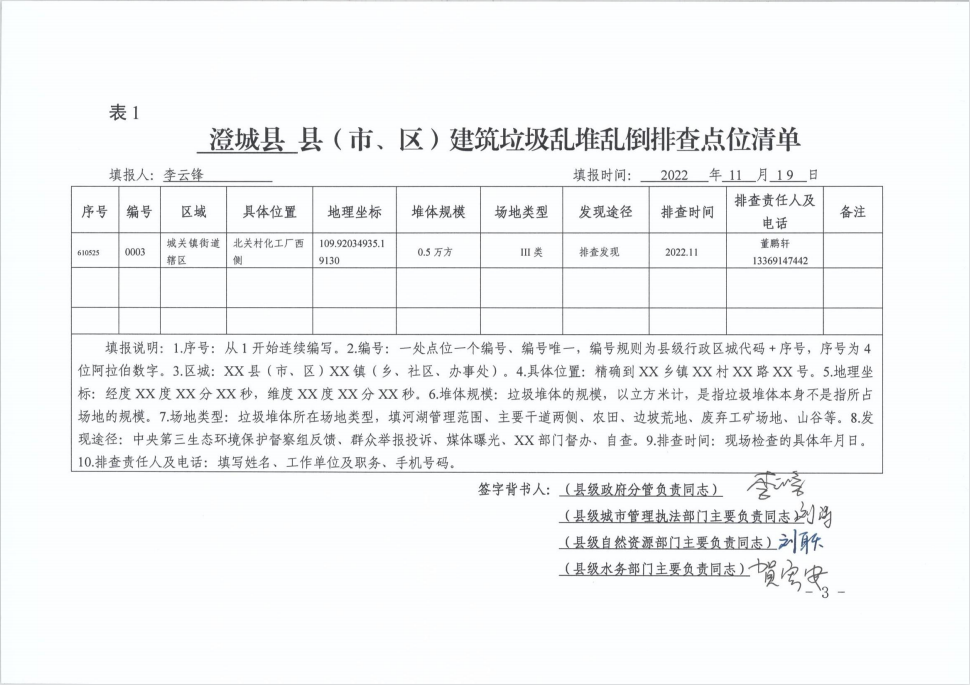With the acceleration of national housing industrialization, a large number of prefabricated houses have been built and put into use
.
Based on the traditional interior decoration, this paper analyzes the design method of mechanical and electrical pipeline reservation and embedment in prefabricated shear wall residential buildings in China, and puts forward the prospect of mechanical and electrical design for realizing interior decoration industrialization
.
Prefabrication house, as the name suggests, is a house assembled on site with factory prefabricated components
.
The prefabricated shear wall residence refers to the prefabricated residence whose structural load-bearing components are mainly borne by reinforced concrete walls
.
In recent years, with the acceleration of the national housing industrialization process, a large number of prefabricated shear wall houses have been built and put into use
.
This kind of building has the advantages of fast construction speed, saving labor cost, and greatly improving the construction quality
.
The common technologies of prefabricated shear wall residence mainly include: the structural industrialization technologies such as the integrated concrete exterior wall panels of thermal insulation and decoration, prefabricated stairs, prefabricated balcony panels, and composite floors, as well as the interior decoration industrialization technologies such as integral bathroom, integral kitchen, elevated floor, and drainage on the same floor
.
The application of interior decoration industrialization technology is largely restricted by the form of residential delivery
.
At present, the traditional decoration is still the main method in our country, and the interior decoration industrialization technology has not been popularized
.
Therefore, the reservation and embedment on the prefabricated structure is the key to the current electrical design
.
Following this form of prefabricated shear wall residential electrical pipeline reservation embedded design analysis and summary
.
The design of prefabricated residential electrical pipeline reservation and embedding is to ensure that the electrical equipment pipeline in the blank room is installed in place
.
In this form, the electrical system design and pipeline laying basically follow the current conventional practice: the electrical pipeline is poured into the structure
.
The key technology of prefabricated residential electrical is to do a good job of pipeline reservation and embedding in prefabricated structure
.
The designer needs to accurately locate the equipment pipeline in the design stage and generate BIM model together with the civil engineering components to provide to the prefabricated component factory
.
The prefabrication personnel shall accurately locate the lines, boxes and boxes in each prefabricated slab and wall according to the drawings and unified standards
.
The reservation and embedment of electrical pipeline and electric pipe account for a very large proportion in Electromechanical
.
For the housing with blank delivery, the wire pipe is basically poured in the structure body: the wire pipe and wire box in the prefabricated wall are poured in the factory with the structure body at one time; when the composite floor is used, the horizontal wire pipe is laid in the cast-in-place composite layer of the floor, and still needs to be completed in the field wet operation
.
The thickness of the cast-in-place layer of the composite plate should be determined not only considering the structural safety, but also considering the requirements of the routing
.
If the pipelines are crossed, the thickness of the cast-in-place layer should be at least 80mm
.
The key of electrical design is to optimize pipeline layout and reduce pipeline crossing
.
Reasonable design can reduce the thickness of structural layer and reduce the project cost
.
1
.
Reservation of points: in order to facilitate and standardize the fabrication of components, the box and junction box reserved in prefabricated components shall be positioned accurately and standardized according to the module of prefabricated components
.
The socket, switch, weak current equipment and fire fighting equipment set on the prefabricated wall need to reserve the junction box in advance in the design stage
.
The standard 86 junction box is suitable here
.
In addition, the lighting lamps, fire detectors and other equipment in the composite floor need to reserve a deep junction box to connect with the pipelines in the cast-in-situ layer of the composite floor (see Figure 1 for details)
.
The specific location of the junction box should be initially positioned by the electrical specialty, and then accurately positioned by the structural specialty
.
Fig
.
1 reserved method of junction box in composite floor slab 2
.
There are many electrical professional systems for point location synthesis, and each system has a separate set of drawings
.
In order to ensure complete equipment points in prefabricated parts and avoid damaging prefabricated components during chiseling and cutting at the construction site, the reserved holes and embedded parts required by each system should be integrated on one drawing, so as to facilitate leakage detection and filling It can be used to check whether there are conflicts between the equipment points of each system and whether the pipeline paths are overlapped
.
It can find and solve the problems in time in the design phase
.
3
.
Pipeline and equipment pipeline should be designed comprehensively to reduce plane crossing
.
Due to the special form of prefabricated building, the internal pipeline synthesis is particularly important
.
When the horizontal pipeline must be concealed, it should be laid in the cast-in-place layer of the composite floor
.
A variety of means including BIM Technology should be used to carry out the comprehensive design of three-dimensional pipeline, so as to avoid the phenomenon of multiple electrical pipelines crossing at the same place
.
In prefabricated concrete buildings, the vertical electrical pipelines should be laid centrally to meet the needs of maintenance and replacement; in prefabricated steel buildings, the vertical pipelines without steel beams should be laid centrally, and the vertical pipelines with steel beams should be laid separately to ensure the safety of the structure
.
In addition, the vertical pipelines should be avoided to pass through the steel beam and the pipelines that need to be laid from the roof to the wall should be arranged at the beam
.
In public areas, lamps with acousto-optic control switch should be selected as far as possible
.
Acousto-optic alarm and emergency broadcast should be installed on the ceiling as far as possible
.
In addition, concealed pipelines through steel beams can be reduced by means of open laying in electric well
.
4
.
The connection between pipelines is very important, which is mainly divided into the connection between prefabricated components and the connection between prefabricated components and the pipelines in the cast-in-place layer
.
If the connection is not good, it will affect the beauty of the building, and it will damage the walls and beams of the structure
.
Generally speaking, there are two ways to connect the pipeline in the precast wall with the pipeline in the cast-in-place floor: upward connection and downward connection
.
According to the principle of the shortest pipeline, the socket close to the ground can be connected downward with the pipeline in the cast-in-place floor; the switch close to the floor can be connected upward with the pipeline in the cast-in-place floor
.
It should be noted that when the embedded lines in the prefabricated wall are connected with the corresponding cast-in-place lines, the connection space should be reserved above (below) the embedded box on the wall, which is generally 150 mm (width) x 150 mm (height) x 80 mm (depth), and the connection should be poured with concrete
.
For socket, indoor power distribution (line) box, etc., since the pipeline is laid down from the equipment to the cast-in-place floor in this floor, and connected with the horizontal pipeline in the cast-in-place floor to ensure the smooth connection between pipelines, pipeline connection holes are usually left at the joint under the prefabricated wall, as shown in Figure 2
.
Fig
.
2 reserved holes for pipeline connection ﹣ for indoor lighting switches, manual alarm buttons and fire hydrant buttons in public areas, emergency exit indicating lamps and other equipment, pipelines need to be connected with the horizontal pipelines in the cast-in-place layer of the upper laminated plate, and pipeline connection holes are usually reserved at the joints above the prefabricated walls
.
As the pipeline laying upward may need to pass through the structural beam, the pipeline shall be reserved in the composite beam in advance for the precast concrete structural beam; the hole shall be reserved in advance for the steel structural beam (the reserved position shall not affect the structural safety), so as to facilitate the vertical pipeline connection in the precast wall, as shown in Figure 3
.
Fig
.
3 connection details of pipeline crossing beam lightning protection and grounding: the principle of lightning protection classification, lightning protection measures and grounding methods of prefabricated residence are the same as those of non prefabricated residence, and the reinforcement in reinforced concrete is preferred as lightning protection device
.
The main difference lies in the specific methods of lightning protection and grounding
.
The lightning protection design of residential buildings should first determine the lightning protection level, and then take corresponding lightning protection measures
.
The lightning protection measures are divided into external lightning protection measures (direct lightning, side lightning), internal lightning protection measures (lightning induction, counterattack, lightning surge invasion and life danger) and lightning electromagnetic pulse.
.




